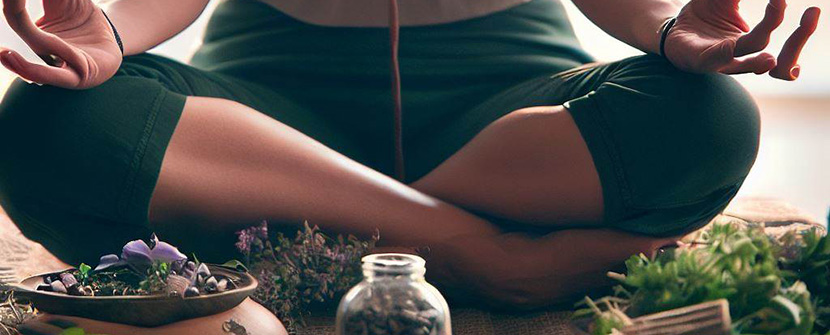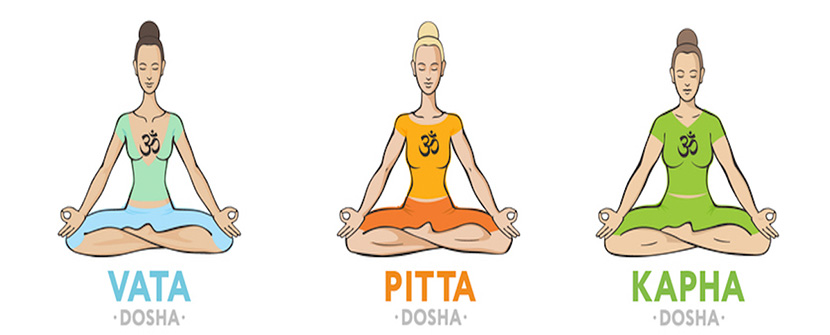Meditation is a practice that helps us focus our attention on the here and now with goodwill and without judgment. It has been around for thousands of years and has spread to many cultures around the world. In this blog post, I will share different styles of meditation, some tips on how to start a meditation practice at home and how to make it more effective.
There are many forms of meditation, such as mindfulness meditation, spiritual meditation, mantra meditation, transcendental meditation, Zen meditation, yoga meditation and more. Each form has its own techniques, traditions and goals. Some forms of meditation are linked to specific religions, such as Buddhism, Hinduism, Islam, Christianity and Judaism. Others are secular and can be practiced by anyone regardless of their beliefs.
Meditation styles around the globe
Mindfulness meditation
originates from Buddhist teachings and is the most popular and researched form of meditation in the West. In mindfulness meditation, you pay attention to your thoughts as they pass through your mind. You don’t judge the thoughts or become involved with them. You simply observe and take note of any patterns. This practice combines concentration with awareness. You may find it helpful to focus on an object or your breath while you observe any bodily sensations, thoughts, or feelings .
Spiritual meditation
is used in nearly all religions and spiritual traditions. The types of spiritual meditation are as diverse as the world’s spiritual traditions themselves. Many of the meditation techniques listed in this article could be considered spiritual meditation. Spiritual meditation involves reflecting on the sacred or divine aspects of life, such as God, a higher power, a holy scripture, or a personal value. It can also involve prayer, chanting, or singing. Spiritual meditation can help you deepen your faith, connect with your spiritual self, and feel a sense of peace and purpose .
Mantra meditation
is a type of meditation that uses a repeated word, phrase, sound, or syllable to focus the mind and induce a state of relaxation. Mantras can be spoken aloud or silently in the mind. They can be chosen by the practitioner or given by a teacher. Mantras can have a specific meaning or no meaning at all. Some examples of mantras are “Om”, “So-ham”, “I am”, or “Peace”. Mantra meditation can help you calm your mind, reduce distractions, and enhance your concentration .
Transcendental meditation
is a type of mantra meditation that was popularized by Maharishi Mahesh Yogi in the 1950s. It involves sitting comfortably with your eyes closed and repeating a specific mantra that is assigned to you by a certified teacher. The mantra is not revealed to anyone else and is supposed to match your personality and needs. Transcendental meditation is practiced for 20 minutes twice a day. It claims to offer a range of benefits such as stress relief, improved health, happiness, and creativity .
Zen meditation
is a type of meditation that is part of Zen Buddhism, a school of Buddhism that emphasizes direct experience and insight into one’s true nature. Zen meditation involves sitting in a specific posture (usually cross-legged or on a cushion) with your eyes slightly open and focusing on your breath or counting your breaths. The goal is to let go of thoughts and emotions that arise in the mind and return to the present moment. Zen meditation can help you develop clarity, calmness, and insight .
Yoga meditation
is a type of meditation that is integrated with yoga, a physical and mental discipline that originated in India. Yoga involves performing various poses (asanas) that stretch and strengthen the body while breathing deeply and mindfully. Yoga also includes other practices such as pranayama (breath control), mudras (hand gestures), bandhas (energy locks), and chakras (energy centers). Yoga meditation can help you harmonize your body, mind, and spirit .
How to begin your own practice
To start a meditation practice at home, you don't need much. You just need a comfortable spot where you can relax, a timer, and a willingness to learn. Here are some steps to follow:
Choose a time and place
It's best to meditate at the same time and place every day, as this creates a habit and a positive association. You can meditate in the morning, before bed, or any time that works for you. You can meditate in your bedroom, living room, garden, or any place that is quiet and comfortable .
Set a timer
You can start with a short duration, such as three to five minutes, and gradually increase it as you feel more comfortable. You can use your phone, a watch, or an app to set the timer. Make sure the sound is gentle and not jarring .
Sit comfortably
You can sit on a chair, a cushion, or the floor. Make sure your back is straight but not tense, your shoulders are relaxed, and your chin is slightly tucked in. You can rest your hands on your lap or knees. You can close your eyes or keep them slightly open .
Focus on your breath
Breathe naturally and deeply through your nose. Pay attention to the sensation of your breath as it goes in and out of your nostrils. Notice how your chest and abdomen rise and fall with each breath. Don't try to control or change your breath; just observe it .
Notice when your mind wanders
It's normal for your mind to wander during meditation. You may think about the past, the future, or anything else that comes to your mind. When you notice that your mind has wandered, don't judge yourself or get frustrated; just gently bring your attention back to your breath .
End your session
When the timer goes off, don't rush to get up or check your phone. Take a moment to appreciate how you feel after meditating. You may feel more calm, relaxed, focused, or happy. Thank yourself for taking the time to meditate .
How to make your practice more effective
Have a goal in mind
Having a clear and realistic goal can help you stay motivated and focused during your meditation practice. Your goal might be to reduce stress, improve concentration, enhance well-being, or develop a specific skill or quality . You can write down your goal and track your progress over time.
Choose a technique that suits you
There are many types of meditation that you can explore and experiment with. You might find that some techniques work better for you than others depending on your personality, preferences, and needs . For example, if you are easily distracted by sounds or thoughts, you might prefer mantra meditation or guided meditation over silent meditation.
Be consistent
The key to developing any habit is consistency. The more you meditate regularly, the easier it will become and the more benefits you will experience . Try to meditate at least once a day for at least 10 minutes. If you miss a day or two, don't give up; just resume your practice as soon as possible.
Be patient
Meditation is not a quick fix or a magic pill; it is a gradual process that requires patience and perseverance . Don't expect immediate results or compare yourself to others who have been meditating for longer or deeper than you. Remember that every moment of meditation is valuable and beneficial regardless of how it feels.
Be kind to yourself
Meditation is not about judging yourself or achieving perfection; it is about being aware of yourself and accepting yourself as you are . Don't be harsh or critical of yourself if you find meditation challenging or if you encounter difficulties or distractions. Instead, be gentle and compassionate with yourself and celebrate your efforts and achievements.
What are some benefits of meditation?
Meditation can have many benefits for our well-being. Research has shown that meditation can reduce stress, anxiety, depression, pain and blood pressure . It can also improve attention, memory, creativity, empathy and compassion . Meditation can also help us cope with difficult emotions, such as anger, fear, sadness and grief. By cultivating a more mindful and positive attitude towards ourselves and others, we can enhance our happiness and quality of life.
Meditation is a universal practice that can enrich our lives in many ways. No matter what culture we belong to or what challenges we face, we can benefit from taking some time to sit quietly and observe our breath, thoughts and feelings. Meditation can help us connect with ourselves, with others and with the present moment. It can also help us discover new perspectives and possibilities for our personal growth.
If you are interested in learning more about meditation or trying different types of meditation, there are many resources available online. You can find guided meditations, apps, books, courses and podcasts that can suit your needs and preferences. You can also join a local meditation group or community where you can meet other like-minded people and share your experiences.
Meditation is a gift that we can give to ourselves and to the world. By practicing it regularly, we can cultivate more peace, joy and harmony in our lives. I hope this blog post has inspired you to start a meditation practice at home and make it more effective.








